Home>Storage Ideas>Storage Baskets>How To Plant Petunias In Hanging Baskets
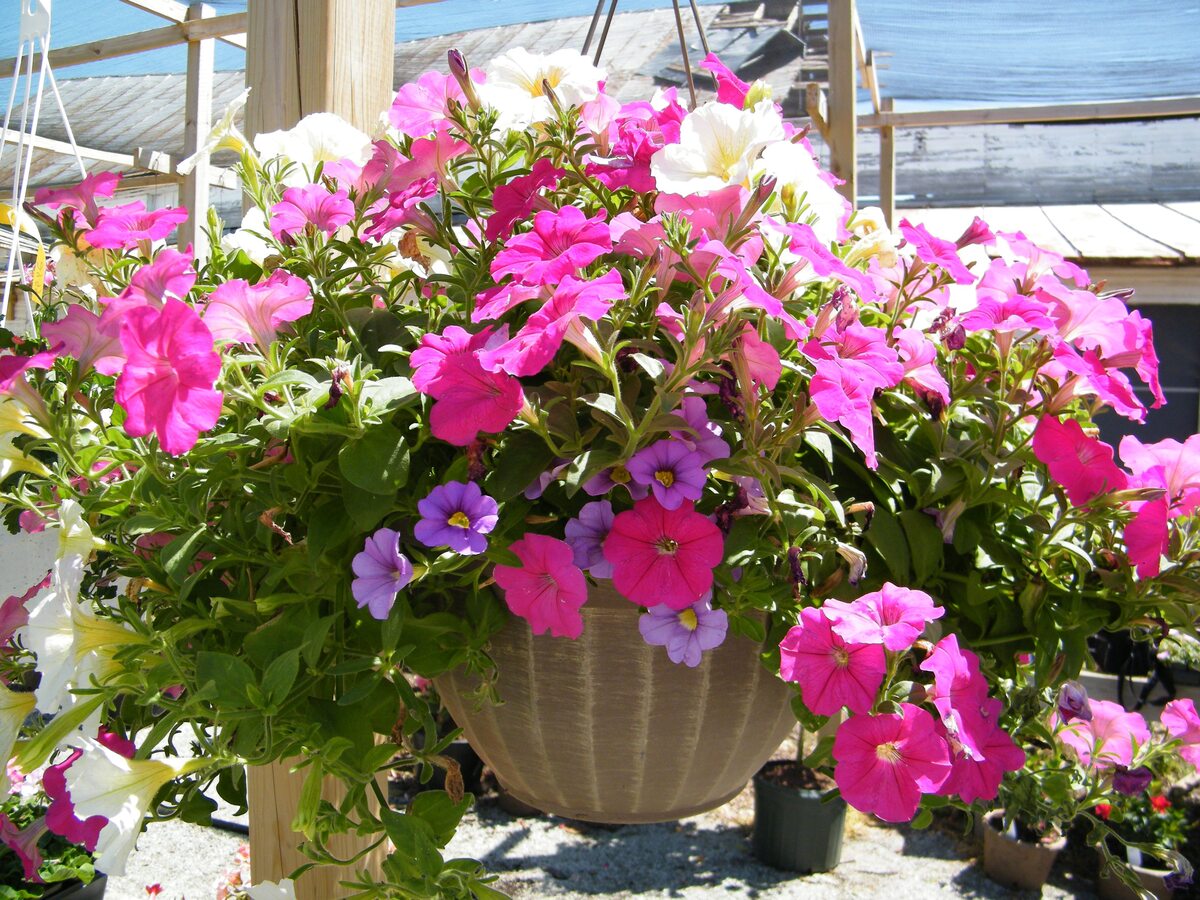

Storage Baskets
How To Plant Petunias In Hanging Baskets
Modified: January 5, 2024
Learn how to plant petunias in hanging baskets and transform your space with beautiful blooms. Find the best storage baskets for your garden needs.
(Many of the links in this article redirect to a specific reviewed product. Your purchase of these products through affiliate links helps to generate commission for Storables.com, at no extra cost. Learn more)
Introduction
Hanging baskets are a fantastic way to bring beauty and color to any outdoor space. And when it comes to choosing the perfect plant for these hanging displays, few options can match the vibrant and versatile petunia. With their eye-catching blooms and cascading growth habit, petunias are an excellent choice for adding a touch of elegance to your hanging baskets.
However, successfully planting and growing petunias in hanging baskets requires careful consideration and proper techniques. In this article, we will guide you through the process of choosing the right petunia varieties, selecting an ideal hanging basket, preparing the basket, planting petunias, and caring for them to ensure they thrive in their hanging environment.
So, if you’re ready to create stunning and vibrant floral displays with petunias in hanging baskets, let’s get started!
Key Takeaways:
- Choose petunia varieties suited to your climate, sun exposure, and color preferences for thriving hanging baskets. Consider Surfinia, Calibrachoa, Supertunia, and Wave petunias for stunning displays.
- Select an ideal hanging basket with proper size, shape, material, drainage, and hanging mechanism to create a visually appealing and healthy environment for your petunias. Prepare the basket meticulously for optimal growth.
Read more: How To Deadhead Petunias In Hanging Baskets
Choosing the Right Petunia Varieties
When it comes to choosing petunias for your hanging baskets, there are a few factors to consider to ensure success. These factors include climate, sun exposure, and desired color palette. Let’s take a closer look at each of these factors:
Factors to Consider:
- Climate: Petunias come in different varieties that are suitable for various climates. It’s essential to choose varieties that can withstand the temperatures and weather conditions in your region. Some petunias thrive in cool climates, while others are more heat-tolerant. Consider the average temperature and growing season length in your area when selecting petunias for your hanging baskets.
- Sun Exposure: Petunias are sun-loving plants, but certain varieties have different sun exposure preferences. Some petunias excel in full sun conditions, while others can tolerate partial shade. Assess the light conditions in the location where you’ll hang your baskets to select the right petunia varieties that will thrive in those conditions.
- Desired Color Palette: Petunias come in a vast range of colors, including vibrant shades of pink, purple, red, yellow, and white. Consider the overall color scheme of your outdoor space and choose petunias that will complement and enhance the existing colors. You can also mix and match different colors to create striking and visually appealing hanging basket displays.
Recommended Petunia Varieties:
Here are some popular petunia varieties that are known for their beauty and suitability for hanging baskets:
- Surfinia Petunias: These trailing petunias produce an abundance of blooms and are perfect for cascading down from hanging baskets.
- Calibrachoa Petunias: Also known as “Million Bells,” these compact and prolific bloomers are available in various colors and create a stunning display when planted in hanging baskets.
- Supertunia Petunias: These vigorous and heat-tolerant petunias produce an abundance of vibrant flowers throughout the season.
- Wave Petunias: Known for their spreading growth habit and impressive trailing capability, wave petunias can create a stunning display when planted in hanging baskets.
Keep in mind that the availability of specific varieties may vary based on your location and local nurseries. Check with your local garden center or browse reputable online seed suppliers to find the petunia varieties that are best suited for your hanging basket project.
Selecting an Ideal Hanging Basket
Choosing the right hanging basket is essential to create a visually appealing display and provide a suitable environment for your petunias to flourish. Consider the following factors when selecting an ideal hanging basket:
Read more: What Petunias Are Best For Hanging Baskets
Size and Shape:
The size and shape of the hanging basket play a significant role in the overall aesthetics and plant health. Opt for baskets that are large enough to accommodate the root system of your petunias and provide ample space for growth. Consider the height and width of the basket, ensuring it fits the location where you plan to hang it. Additionally, consider the shape of the basket. Common options include round, square, and cone-shaped baskets.
Material and Drainage:
The material of the hanging basket and its drainage capacity are crucial for the health of your petunias. Choose baskets made from lightweight and durable materials such as plastic, resin, or metal. These materials are weather-resistant, ensuring the longevity of your hanging basket. Furthermore, ensure the basket has proper drainage holes to prevent waterlogged roots and potential rotting. You can also opt for baskets that come with removable plastic liners for easier maintenance and watering.
Hanging Mechanism:
The hanging mechanism of the basket is another factor to consider. Look for baskets with sturdy and reliable hooks or chains that can support the weight of the basket, especially when it’s filled with soil and plants. Adjustable chains or hooks make it easier to hang the basket at the desired height and provide flexibility in positioning.
By considering the size, shape, material, drainage, and hanging mechanism of the basket, you can ensure that your petunias are provided with a suitable and visually appealing environment to thrive.
Preparing the Hanging Basket
Proper preparation of the hanging basket is crucial to create a healthy and favorable environment for your petunias. Follow these steps to prepare your hanging basket:
Read more: How To Take Care Of Petunia Hanging Baskets
Cleaning and Disinfecting:
Before planting your petunias, it’s important to clean and disinfect the hanging basket to remove any dirt, debris, or lingering pathogens. Start by thoroughly washing the basket with water and soap, using a brush or sponge to scrub away any stubborn grime. After cleaning, sanitize the basket by soaking it in a solution of one part bleach to nine parts water. This will help eliminate any potential diseases or pests that could harm your petunias.
Adding Drainage Material:
Drainage is crucial to prevent water from accumulating in the bottom of your hanging basket, which can lead to root rot. To improve drainage, add a layer of coarse materials, such as gravel, broken pottery shards, or small stones, to the bottom of the basket. This layer will create space for excess water to escape, ensuring that the roots of your petunias remain healthy and waterlogged-free.
Filling with Potting Mix:
Once you have your drainage layer in place, fill the hanging basket with a high-quality potting mix. Look for a mix that is well-draining while retaining enough moisture for the petunias. You can also add some organic matter, such as compost or aged manure, to enrich the potting mix and provide additional nutrients for the plants. Fill the basket to about an inch below the rim, leaving enough space for watering without overflow.
By cleaning and disinfecting your hanging basket, adding proper drainage material, and using a suitable potting mix, you will create an optimal environment for your petunias to grow and thrive in their hanging display.
Planting Petunias in Hanging Baskets
Planting petunias in hanging baskets requires careful consideration of the starting method, spacing, and proper planting techniques. Follow these steps to ensure successful planting:
Read more: What To Plant In Hanging Baskets In Shade
Seed Starting or Transplants:
You have the option to start petunias from seeds or purchase transplants from nurseries or garden centers. Starting from seeds allows you to choose from a wider variety of petunia types, while transplants provide a head start and quicker results. If starting from seeds, follow the instructions on the seed packet for the best germination results. Transplants should be healthy, with no signs of disease or damage, to ensure successful growth in the hanging basket.
Proper Spacing and Quantity:
The spacing and quantity of petunias in the hanging basket are key factors in ensuring optimal growth and a visually pleasing display. Consider the mature size of the petunia variety you have chosen and the size of the hanging basket. Make sure to provide enough space for the plants to spread and trail without overcrowding. As a general rule, one plant per six-inch basket or two to three plants per 10-12 inch basket should suffice, but adjust based on the specific variety and size of your basket.
Planting Steps:
- Prepare the Soil: Before planting, moisten the potting mix in the hanging basket to ensure proper moisture distribution throughout the root zone.
- Dig Planting Holes: Using your fingers or a small trowel, create holes in the potting mix that are wide and deep enough to accommodate the roots of your transplants or seeds.
- Planting Seeds: If starting from seeds, place one or two seeds in each hole and gently cover them with a thin layer of potting mix. Follow the recommended seed depth on the packet.
- Planting Transplants: If using transplants, carefully remove them from their containers, loosen the roots slightly, and place them in the planting holes. Ensure that the top of the root ball is level with or slightly above the surface of the potting mix.
- Watering: After planting, water the hanging basket thoroughly to settle the soil and promote root establishment. Ensure that the potting mix is evenly moist, but not waterlogged.
By selecting the appropriate starting method, spacing the plants properly, and following the planting steps diligently, you will set the stage for healthy and thriving petunias in your hanging basket.
Caring for Petunias in Hanging Baskets
Once your petunias are planted in hanging baskets, it’s important to provide them with the proper care to ensure their health and longevity. Follow these guidelines for watering, fertilizing, deadheading, pruning, and pest and disease control:
Read more: When To Plant Winter Hanging Baskets
Watering Requirements:
Petunias in hanging baskets have higher water needs compared to those planted in the ground due to their exposed position and smaller root space. Check the moisture level of the potting mix regularly by sticking your finger about an inch into the soil. If it feels dry, it’s time to water. When watering, thoroughly saturate the potting mix until water drains out of the bottom of the basket. It’s crucial to avoid allowing the potting mix to dry out completely or become waterlogged.
Fertilizing Guidelines:
Regular fertilization encourages healthy growth and abundant blooms in your petunias. Apply a balanced, water-soluble fertilizer for blooming plants every two to three weeks during the growing season. Follow the instructions on the fertilizer packaging for the recommended dilution and application rates. Avoid over-fertilizing, as this can lead to excessive foliage growth with fewer flowers.
Deadheading and Pruning:
Deadheading, or removing spent flowers, is essential for prolonging the blooming period of your petunias. Regularly check your hanging baskets for faded or withered blooms and remove them by pinching or snipping off the stem just above a leaf node. This process redirects the plant’s energy towards producing new flowers rather than seed production. Additionally, occasional pruning of leggy or overgrown branches helps to maintain a compact and bushy growth habit.
Pest and Disease Control:
Keep an eye out for common pests like aphids, spider mites, and whiteflies that can infest your petunias. Regularly inspect the plants and take prompt action if any infestation is spotted. There are various organic or chemical insecticides available to control pests, but always follow the instructions carefully and avoid spraying when the temperature is too high or during peak sunlight hours. In terms of diseases, ensure proper air circulation and avoid overhead watering to minimize the risk of common issues like powdery mildew or botrytis blight.
By providing the right amount of water, regular fertilization, deadheading, pruning, and proactive pest and disease control, you can maintain healthy and thriving petunias in your hanging baskets throughout the growing season.
Troubleshooting Common Issues
While petunias in hanging baskets are generally resilient, they can still encounter some common issues. Here’s how to troubleshoot and address three common problems: wilting or drying out, pests and diseases, and leggy growth or few flowers.
Wilting or Drying Out:
If your petunias in hanging baskets appear wilted or are drying out quickly, it indicates that they might not be getting adequate water. To remedy this, adjust your watering routine by increasing the frequency or amount of water you provide. Make sure to water your hanging baskets thoroughly until water drains out of the bottom, ensuring the potting mix is consistently moist but not waterlogged. Additionally, consider the location of your baskets. If they are exposed to excessive sunlight or wind, they may require more frequent watering.
Pests and Diseases:
Petunias in hanging baskets are susceptible to pests like aphids, spider mites, and whiteflies, as well as diseases like powdery mildew and botrytis blight. If you notice pest infestations, use appropriate insecticides, organic methods, or insecticidal soaps to eradicate the pests. Be sure to follow the instructions on the product and avoid spraying during high temperatures. To prevent and manage diseases, maintain proper air circulation by spacing your hanging baskets appropriately, avoid overhead watering, and remove any diseased plant matter promptly.
Leggy Growth or Few Flowers:
If your petunias are growing leggy, with long and weak stems, or producing few flowers, it can be due to insufficient sunlight or lack of pruning. Petunias thrive in full sun, so ensure they receive at least six hours of direct sunlight each day. Additionally, regular pruning is essential to encourage branching and compact growth. Pinch or trim the stems back by a few inches to promote bushier growth and more abundant blooming. Regular deadheading, as mentioned before, is also crucial in preventing the development of seed heads and diverting energy towards flower production.
By addressing these common issues promptly and appropriately, you can help your petunias in hanging baskets thrive and continue to provide you with stunning floral displays throughout the season.
Conclusion
Planting and caring for petunias in hanging baskets can bring beauty and color to any outdoor space. By following the guidelines outlined in this article, you have learned how to choose the right petunia varieties, select an ideal hanging basket, prepare the basket properly, plant the petunias, and care for them throughout the season.
Remember to consider the climate, sun exposure, and desired color palette when selecting petunia varieties. Choose hanging baskets that have the right size, shape, material, and drainage capacity to provide a suitable environment for your petunias. Take the time to clean and disinfect the hanging basket, add drainage material, and fill it with a quality potting mix to promote healthy growth.
When planting, you have the option to start from seeds or purchase transplants. Ensure proper spacing and quantity to allow the petunias ample room to grow and trail. Water consistently, providing enough moisture without overwatering, and fertilize regularly to encourage lush growth and abundant blooms. Deadhead and prune to prolong the blooming period and maintain a compact shape.
Keep an eye out for pests and diseases, taking appropriate action to control them. Address common issues such as wilting or drying out, leggy growth, or few flowers promptly to ensure optimal health and vigor.
By implementing these techniques and troubleshooting tips, you can create stunning and vibrant displays of petunias in your hanging baskets. Imagine the delight of having cascading waves of colorful blooms adorning your outdoor space, attracting attention and admiration from all who see them.
So, have fun experimenting with different petunia varieties, be creative with your color combinations, and enjoy the rewards of your efforts as you witness the beauty and joy that petunias bring to your hanging baskets!
Frequently Asked Questions about How To Plant Petunias In Hanging Baskets
Was this page helpful?
At Storables.com, we guarantee accurate and reliable information. Our content, validated by Expert Board Contributors, is crafted following stringent Editorial Policies. We're committed to providing you with well-researched, expert-backed insights for all your informational needs.
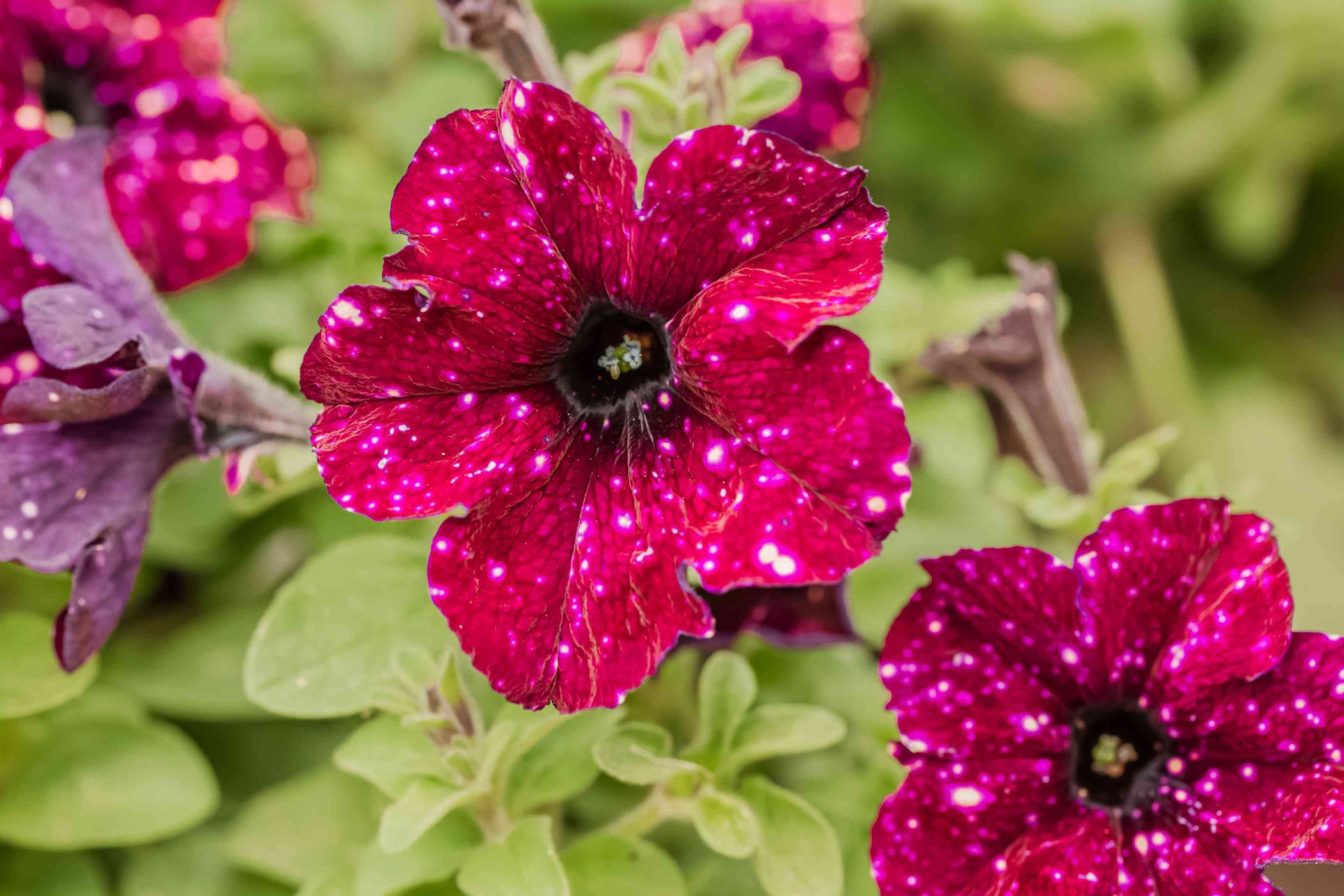

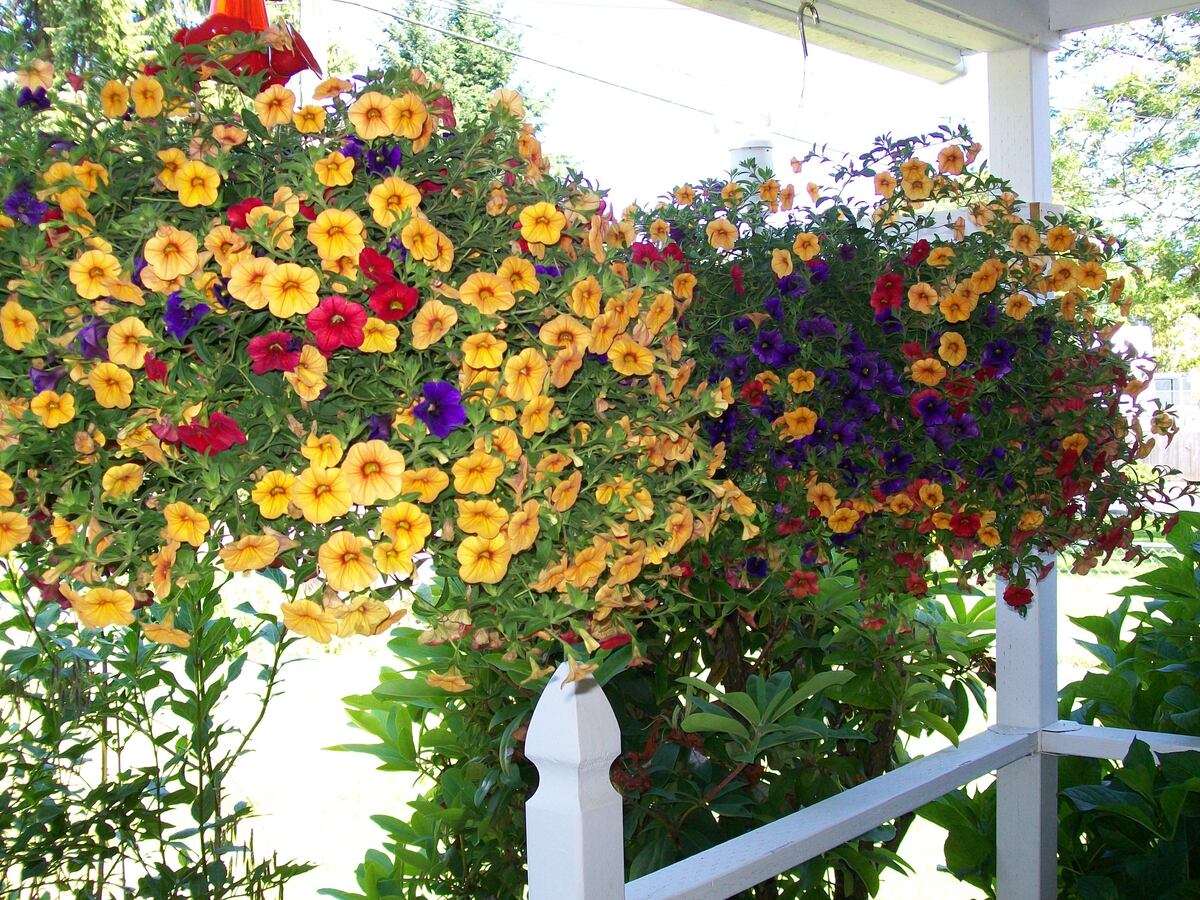
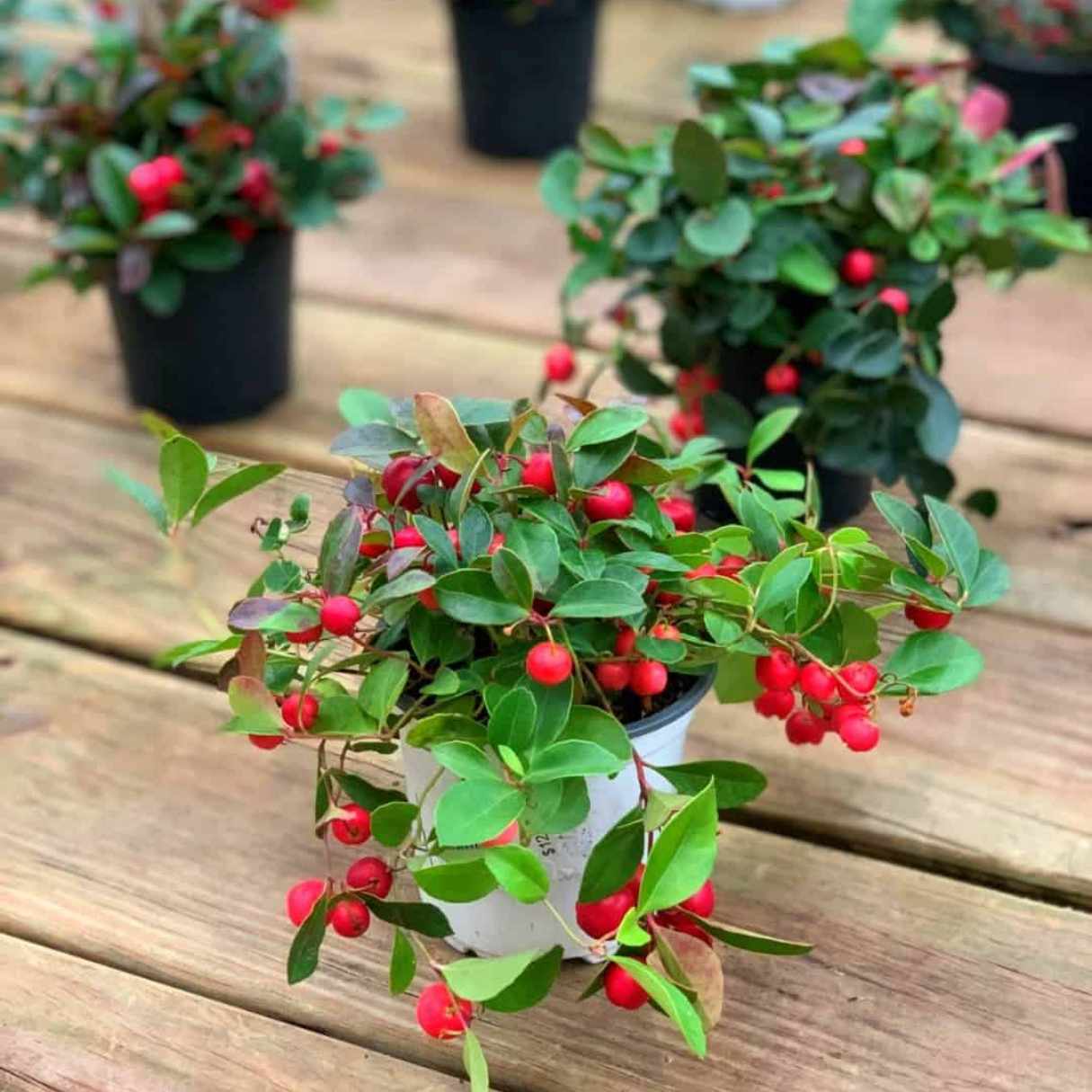


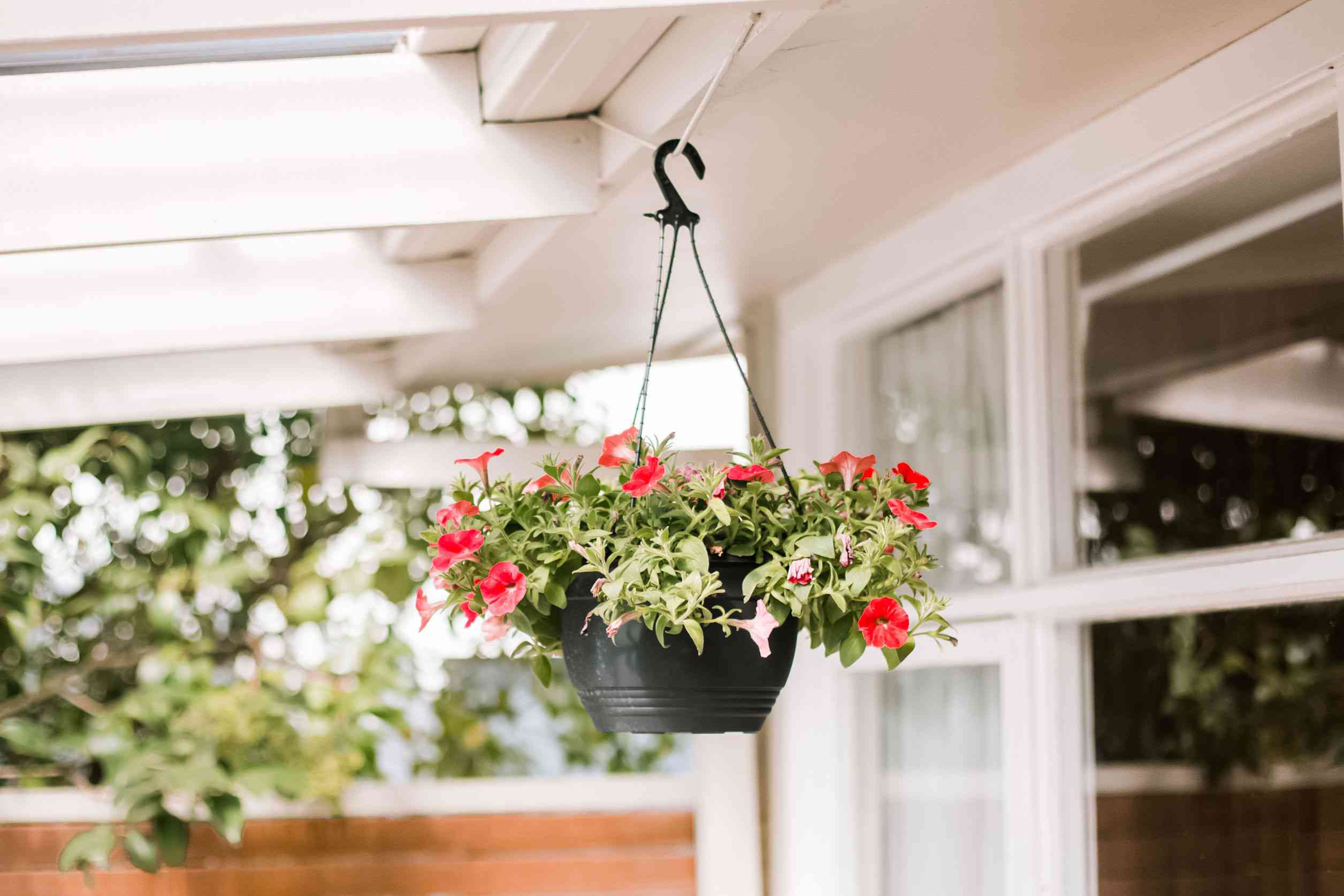
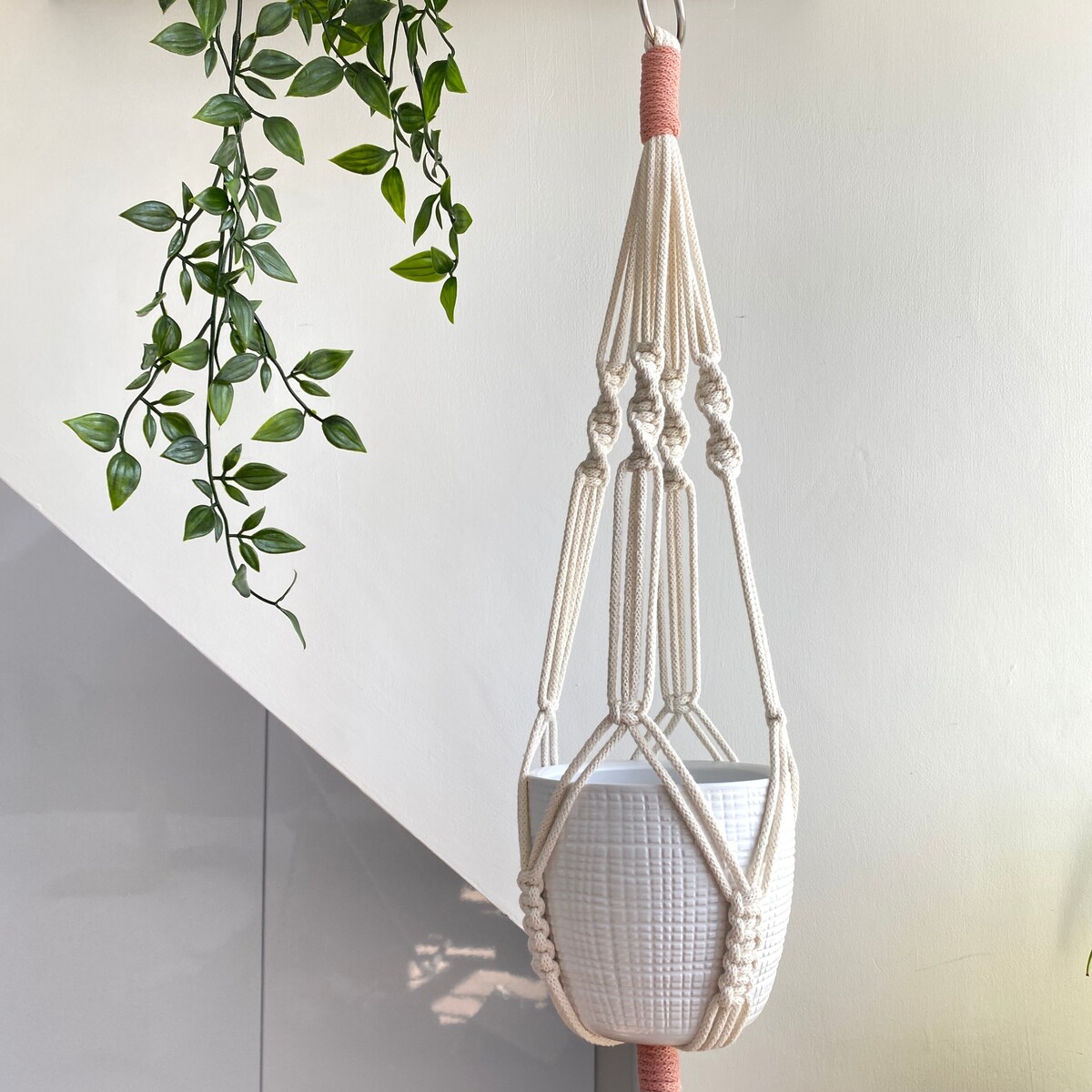
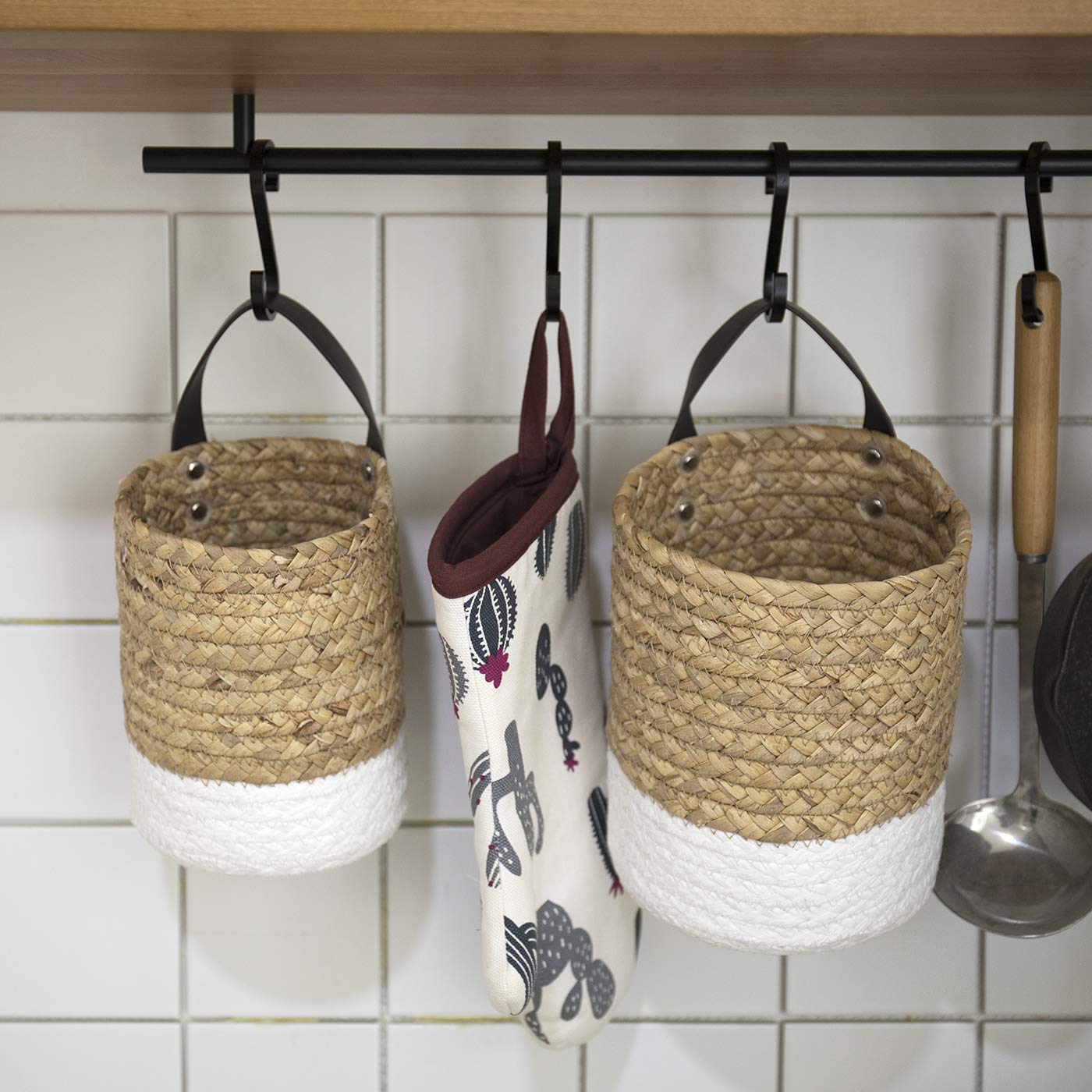

0 thoughts on “How To Plant Petunias In Hanging Baskets”